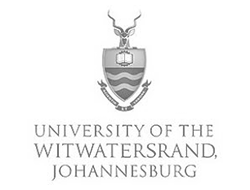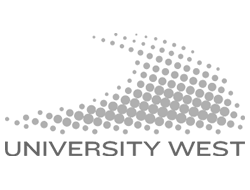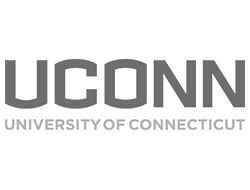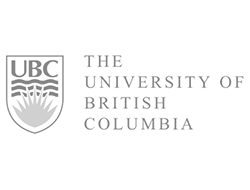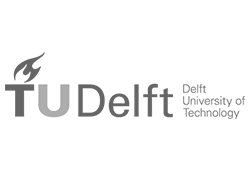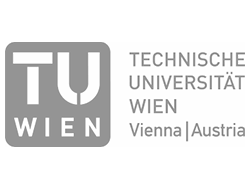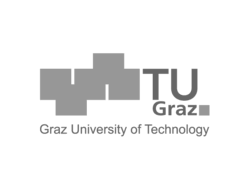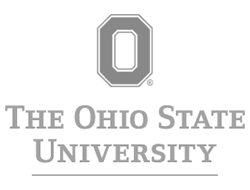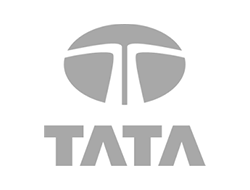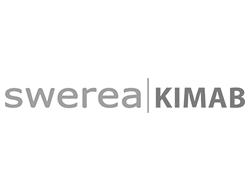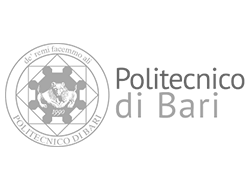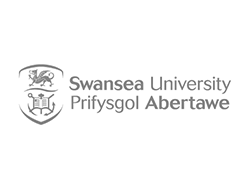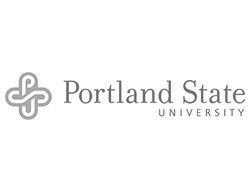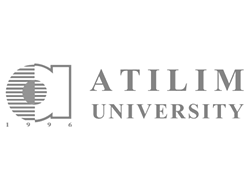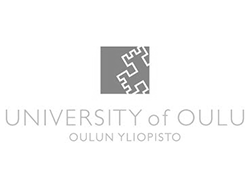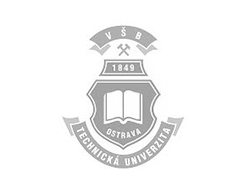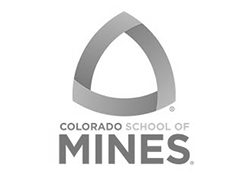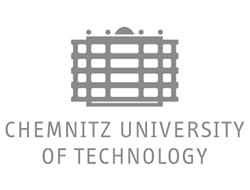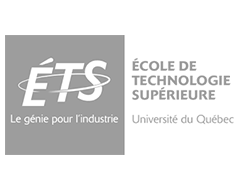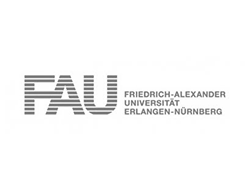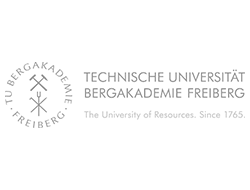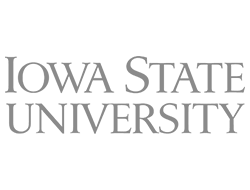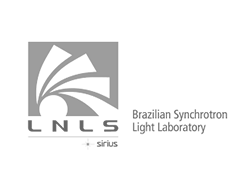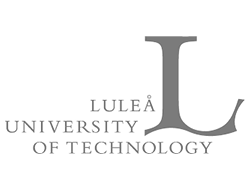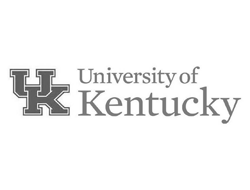University of British Columbia
The University of British Columbia's Department of Metals and Materials, and particularly its Centre for Metallurgical Process Engineering (CMPE), has as one research priority the development of mathematical models for describing microstructure evolution during industrial processing, and they are using the Gleeble to forge a link between computer models and real-world production processes.
The ultimate goal of this research according to Dr. Bruce Hawbolt, acting head of the Metals and Materials Department, is to be able to simulate off-line various processing schedules for a particular material and to accurately predict the microstructural and mechanical properties that will result. It is all part of Product Process Integration, which in turn ties into Total Quality Control.
"In the past," Hawbolt says, "the general approach to processing materials, particularly new materials, has been 'try it and see what happens.' Sometimes it works, and sometimes it doesn't. We hope to provide scientifically-based models which will track the microstructure change through computer simulation to accurately predict the final microstructure and properties of the processed product."
Of course, any computer simulation is only as good as the data that is fed into it. That's where the Gleeble comes in at the University of British Columbia (UBC). UBC acquired the Gleeble, which is expertly operated by their research engineer, Mr. Bing Chau, in 1987. Hawbolt and his colleagues in Vancouver, Dr. Keith Brimacombe, Director CMPE, and Dr. I.V. Samarasekera, have used their Gleeble 1500 for extensive compression testing designed to simulate hot rolling of low-carbon, high-deformability steels.
For example, to simulate a hot rolling operation, the process begins with obtaining data on the operating conditions — including strain rate, temperature, and degree of strain — for the actual mill where the steel is rolled. These data are then used to physically simulate the process on the Gleeble, to obtain the stress-strain-microstructure relationships associated with the rolling operation.
The results of the Gleeble tests are used to develop constitutive equations, which are mathematical relationships between stress, strain and temperature appropriate to the deformation process. The constitutive equations are fed into the computer model, which links thermal, mechanical and microstructural detail to predict the roll forces and resulting microstructure. This prediction is then checked to see if it agrees with the measurements from the production floor. In effect, the UBC researchers close the loop by determining if the computer model predictions agree with the real world. "That's how we validate the model," Hawbolt says.
The UBC team uses the Gleeble to control the thermal history of the specimen to simulate the production schedule, to deform it, and to monitor deformation heating. They also examine the microstructural changes within the sample and relate these to the forces needed to achieve the required amount of deformation. In addition, they have also performed multi-hit deformations to simulate multi-pass rolling to determine the effect of inter-stand time on the resulting microstructure. The goal is to have complete information on the evolution of the material's microstructure at any point in the process.
Hawbolt says, "The value of this work is that it provides a linkage between the thermal history, the mechanical history, and the development of the microstructure. We simply couldn't do it without the Gleeble."
He adds, "Many researchers have done fine work on independent variables, but they generally have not been quantitatively linked to the thermal and deformation history on a rolling mill. Our job is to make the links so they can be used for improving products."
The UBC team has also been using the Gleeble to simulate phase transformations on a hot strip mill run-out table. A dilatometer measures the changes in volume during the phase transformation to determine when the transformations begin and when they end. The goal is to create a module for the computer model that describes the behavior of the steel during controlled cooling. In other projects, the Gleeble has been pressed into service to simulate the rolling of aluminum and the extrusion of metal-matrix composites.
Hawbolt says, "Our ultimate goal is to save money, reduce headaches, and help people produce better products."
This article first appeared in the Gleeble® Newsletter — Summer 1992.




